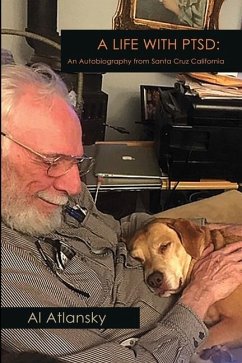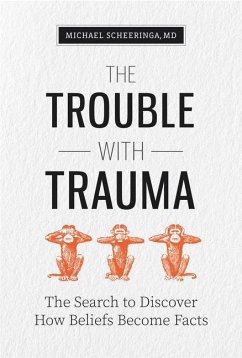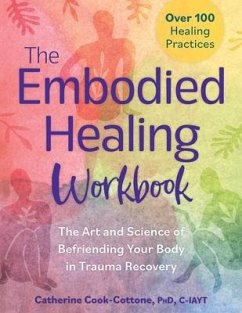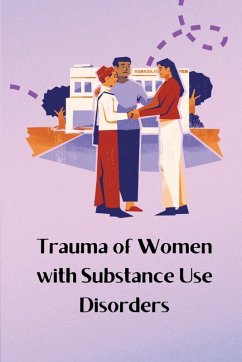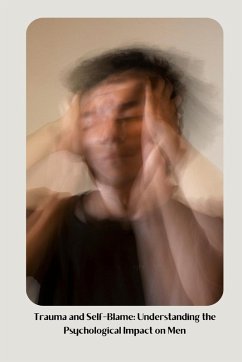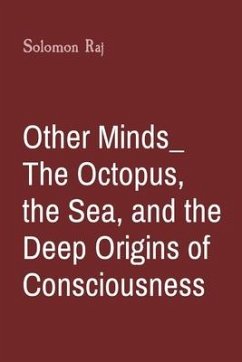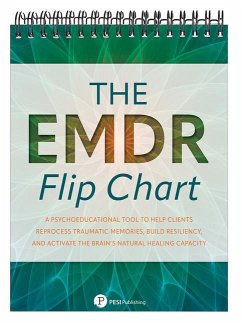
How Deep Is The Wound?
A Guide to Investigating, Understanding, and Resolving Your Emotional Pain

PAYBACK Punkte
10 °P sammeln!
If you've ever wondered whether your struggles "count" as trauma, felt overwhelmed by conflicting mental health advice, or questioned why some healing approaches work for others but not for you-this book offers the clarity you've been seeking. Today's mental health conversations reduce human suffering into one box labeled "trauma"-used for both devastating experiences and everyday disappointments. This leaves people either minimizing genuine injuries or pathologizing normal challenges. Antonieta Contreras introduces an approach that distinguishes psychological wounds based on their actual dept...
If you've ever wondered whether your struggles "count" as trauma, felt overwhelmed by conflicting mental health advice, or questioned why some healing approaches work for others but not for you-this book offers the clarity you've been seeking. Today's mental health conversations reduce human suffering into one box labeled "trauma"-used for both devastating experiences and everyday disappointments. This leaves people either minimizing genuine injuries or pathologizing normal challenges. Antonieta Contreras introduces an approach that distinguishes psychological wounds based on their actual depth and nervous system impact. Drawing from clinical practice, research, and personal recovery, she provides understanding to assess your experiences and match them with effective strategies. You'll discover the differences between:Emotional Pain: Hurts that sting but don't alter your system Emotional Wounds: Deeper impacts that linger Traumatization: The active process of seeking safety Trauma: Deep injuries that rewire how you perceive the world Learn how matching your healing approach to your wound's actual depth accelerates recovery while preventing unnecessary suffering. Real-World ApplicationsAssess childhood experiences without minimizing or catastrophizing Recognize trauma bonding and attachment wounds Understand why some relationships feel impossible to leave Navigate narcissistic abuse and emotional manipulation Build genuine resilience based on nervous system regulation This book is for:Anyone confused about whether their experiences constitute "trauma" People who've tried multiple healing approaches without results Individuals stuck in cycles of pain, insecurity, or relationship difficulties Those seeking to understand childhood experiences and their adult impact Anyone wanting to move beyond victim identity toward empowered recovery Mental health professionals seeking nuanced assessment tools When you understand your wound's actual depth, you can choose matching interventions. This prevents under-treatment that leaves you unresolved and over-treatment that creates unnecessary pathology. This book avoids toxic positivity and victim mentality, acknowledging real suffering while emphasizing human capacity for growth. Learn to work with your nervous system's intelligence. You'll finish with practical tools for regulation, boundaries, and building the safety your system needs to thrive. Stop wondering if your pain is "enough" to deserve attention. Transform your relationship with your story and step into the clarity, agency, and hope that effective healing provides.





